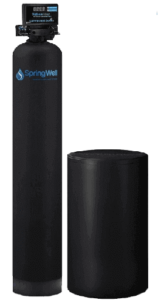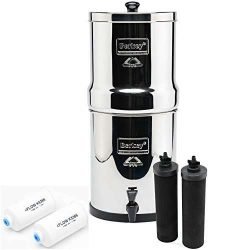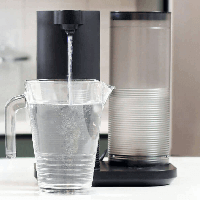- Home
- Health
- Water Softener Guide
- Water Treatment
Private Sewers & Septic Systems
- About Private Sewers Sysytem And Septic Systems
- Lateral Root Notification Program
- Fats, Oil & Grease
- Spills & Black Water Valves
- Help Protect The Enviroment
- Septic Systems
- About
Revisiting Fluoride in Water: What You Need to Know
The Backstory: Fluoride's Debut in Water
Back in the swinging ’60s, cities across America embraced a fascinating idea. What if, they wondered, adding fluoride to the public water supply could drastically reduce tooth cavities? The premise stemmed from a study indicating a whopping 90% decline in dental cavities when fluoride made its entrance into water.
Moreover, the U.S. Department of Health and Human Services gave its seal of approval, recommending that fluoride levels in potable water shouldn’t exceed 0.7 parts per million (ppm). The rationale? This concentration, they posited, would champion dental health without causing dental fluorosis.
But like any good story, there’s a flip side. Sure, fluoride in the right amount can be a dental hero, but excessive fluoride might don a villain’s cape. Too much fluoride might weaken bones, ligaments, and potentially ruffle your nervous system’s feathers.
The Fluoride Filter Frenzy: Is It Essential?
The narrative above may leave you wondering: Should I fret about fluoride in my water? Here’s the gist: Not necessarily.
While consuming an excessive amount of fluoride isn’t ideal, you don’t absorb it through your skin. So, daily tasks like taking a shower, washing clothes, or using the toilet aren’t exposing you to harmful fluoride levels. This suggests that you might just want to focus on purifying your drinking water.
When it comes to filtering drinking water, methods such as reverse osmosis or water distillation are your top allies in making it fluoride-free.
The Shift in Fluoride Levels: Trends and Patterns
Now, if you’re someone who nerds out over water quality like I do, I’ve got some news for you. After perusing countless local government water quality reports, I’ve spotted a trend. Each year, less fluoride seems to grace our public water supply.
Most U.S. states have slashed the maximum fluoride limit from 4.0 ppm to 2.0 ppm—a significant 50% cut. Additionally, recent data suggests the average fluoride concentration hovers around 0.8 ppm, which is well below the 2.0 ppm cap.
Not Yet Assuaged? Here's Your Fluoride Action Plan
If the above insights don’t put your mind at ease, here are three avenues you can explore:
1. Water Filters
2. Spring Water
Opting for spring water is another way to steer clear of fluoride. Do ensure you read the label or verify fluoride content. Aim for levels below 0.1 ppm.
3. Water Distillation
Using a water distiller can nearly eliminate fluoride. Plus, it rids the water of other contaminants, presenting you with one of the purest water forms.
Diving Deeper: Purifying Your Drinking Water
If you’re committed to extracting fluoride from your drinking water, two methods stand out:
- Reverse Osmosis (RO): An ace at removing contaminants, including fluoride, RO propels water through a semi-permeable membrane, retaining impurities. The outcome? Pristine drinking water. Maintenance is key, though.
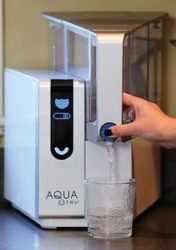
- Water Distillation: This technique eradicates nearly everything from water, fluoride included. By heating water and harnessing its steam, contaminants are left in the lurch.
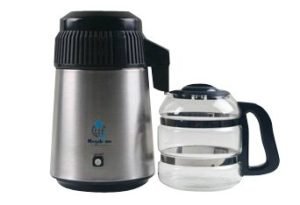
- Tailored Filtration Systems: One trusted method to expunge fluoride is by employing specific filtration systems like the Big Berkey. Outfitted with specialized fluoride filters, Berkey’s range offers a countertop water dispenser tailored for varied needs.
In the end, while fluoride has its benefits, being informed and taking proactive steps can help you achieve the water quality you desire.




